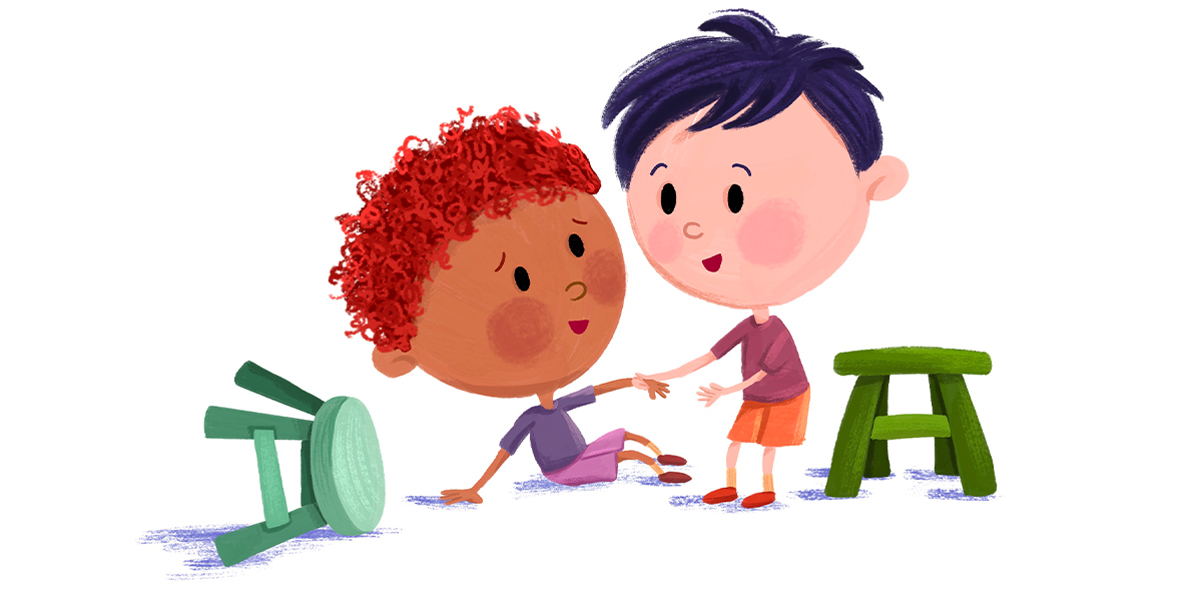The debate between digital and traditional illustration remains central to children’s picture book creation. This post explores the key differences between the two styles, explains the role of traditional illustration, highlights the importance of digital techniques, and examines how illustrators make creative choices in today’s increasingly blended digital-analog world.
Digital Illustration vs Traditional:
Understanding the difference between digital illustration and traditional illustration involves comparing hands-on, tactile mediums with screen-based artistic tools. Traditional illustration typically includes techniques like watercolor, pencil, ink, acrylic, or collage applied directly to paper. Whether hand-drawn or computer-generated, the chosen medium significantly affects the style, texture, and workflow of the final artwork.
What Is Traditional Illustration?
Traditional illustration involves hands-on techniques such as brush pressure, blending, and interacting with paper textures like grain and tooth. These methods bring a sense of warmth, human imperfection, and authenticity that many readers connect with on an emotional level.
Why Is Digital Illustration Important?
Digital illustration is important because it offers unmatched flexibility—allowing artists to use layers, experiment with colors, and easily undo mistakes. These features streamline collaboration, speed up revisions, and support faster publisher feedback, all of which are essential in today’s fast-paced book production process.
Discover how illustration shapes storytelling in our full guide on children’s book illustration perfect for authors, artists, and publishers starting out.
Advantages and Disadvantages of Digital Drawing
Exploring the advantages and disadvantages of digital drawing reveals key insights for modern illustrators.
Pros: Include easy revisions, a clean and organized workspace, unlimited color options, and the ability to create digital backups.
Cons: Involve the high cost of hardware, a steeper learning curve for beginners, and concerns around digital art theft or confusion with AI-generated content.
Also Read: The Role of Color in Children’s Book Illustrations
Pros and Cons of Traditional Art
When considering the pros and cons of traditional art, several unique characteristics stand out.
Pros: Include a tactile, hands-on experience and the creation of one-of-a-kind original pieces with authentic texture and presence.
Cons: Involve limited ability to revise, time-consuming cleanup, the need for physical storage space, and ongoing material costs.
Cost of Traditional vs Digital Illustrations
The cost of traditional versus digital illustrations depends on the tools and scope of the project. Traditional illustration often involves ongoing expenses for materials such as paints, paper, and physical storage. In contrast, digital illustration requires a higher initial investment—like a tablet, stylus, and software but tends to have lower per-spread costs over time.
Tools for Digital Illustration
Essential tools for digital illustration include drawing tablets, stylus pens, and creative software such as Procreate, Photoshop, and Illustrator. These tools support advanced techniques like layering, custom texture brushes, and effortless color adjustments. Mastering them enhances workflow, transforming ideas into finished illustrations with speed and precision.
Traditional Drawing Techniques
Traditional drawing techniques continue to play a vital role in storytelling, offering a sense of warmth and authenticity. Methods such as watercolor blending, pencil shading, and printmaking add organic texture and charm qualities that digital tools often struggle to replicate.
How Illustrators Choose Between Digital and Traditional
Illustrators choose between digital and traditional methods based on project requirements, personal style, budget, and publisher expectations. Digital tools are ideal for projects that demand frequent revisions and fast turnarounds, while traditional techniques are preferred for creating one-of-a-kind, gallery-quality originals. In many cases, artists adopt hybrid workflows to combine the strengths of both approaches.
Which Is Better: Digital or Traditional Illustration?
When it comes to choosing between digital and traditional illustration, the answer depends on context. Neither method is inherently better—each offers unique strengths. Many picture book illustrators use both, selecting the approach that best suits the story’s tone, the client’s needs, and their own creative style.
Hand‑Drawn vs Computer‑Generated Art in Engagement
Hand-drawn and computer-generated art engage young readers in distinct ways. Hand-drawn illustrations offer a sense of warmth and individuality that fosters emotional connection, while digital art provides clarity, consistency, and precision—ideal for educational content and structured, sequential storytelling.
Conclusion
The ongoing debate between digital and traditional illustration continues to shape the world of children’s books. Understanding the differences between these two approaches—along with their unique advantages and challenges empowers illustrators to make informed, creative decisions. As digital and traditional techniques evolve, the future of picture book art is increasingly hybrid, dynamic, and full of imaginative possibilities. We believe great stories deserve great visuals. At The Rainbow Stories, we use both traditional and digital art to turn imagination into vibrant storytelling.







